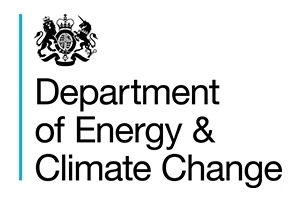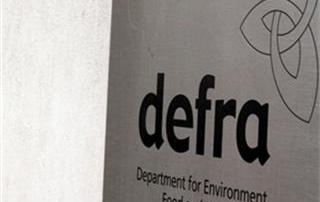Mandatory energy surveys for all large businesses
The Government has recently issued its response to last year’s consultation on the Energy Savings Opportunity Scheme (ESOS), together with regulations to enact the scheme and guidance for participants. ESOS is being introduced as a result of Article 8(4) of the EU Energy Efficiency Directive which requires all non-SMEs to conduct energy audits by 5 December 2015 and every four years thereafter. The official estimate, based on affected businesses reducing their energy consumption by a modest 0.7%, is that the net benefit to the UK over 16 years will be £1.6 billion.
Who is affected
ESOS applies to the private sector only. Your business will have to comply if it is an undertaking carrying out business activity in the UK and at least one of the following applies:
- it has 250 or more staff;
- it has fewer than 250 staff but has an annual turnover exceeding €50m and a balance sheet exceeding €43m; or
- it is part of a corporate group which includes an undertaking that meets either of the above criteria.
The timetable
ESOS runs in four year phases – any business/group that meets the above criteria on the qualification date for each phase has to participate in that phase. The qualification date for Phase 1 is 31 December this year and participants have until fulfil their obligations by 5 December 2015. All private sector organisations should therefore consider their size and group structure as at the end of this year and then, if they fall within the scope of ESOS, take steps to comply with the new requirements by the deadline.
ESOS obligations
There are four main obligations. In each phase ESOS participants must:
- measure all their energy use for a continuous twelve month period;
- conduct audits covering all their main areas of energy consumption;
- report the fact that they have complied with the above by the compliance date; and
- maintain an ESOS evidence pack providing a full […]






